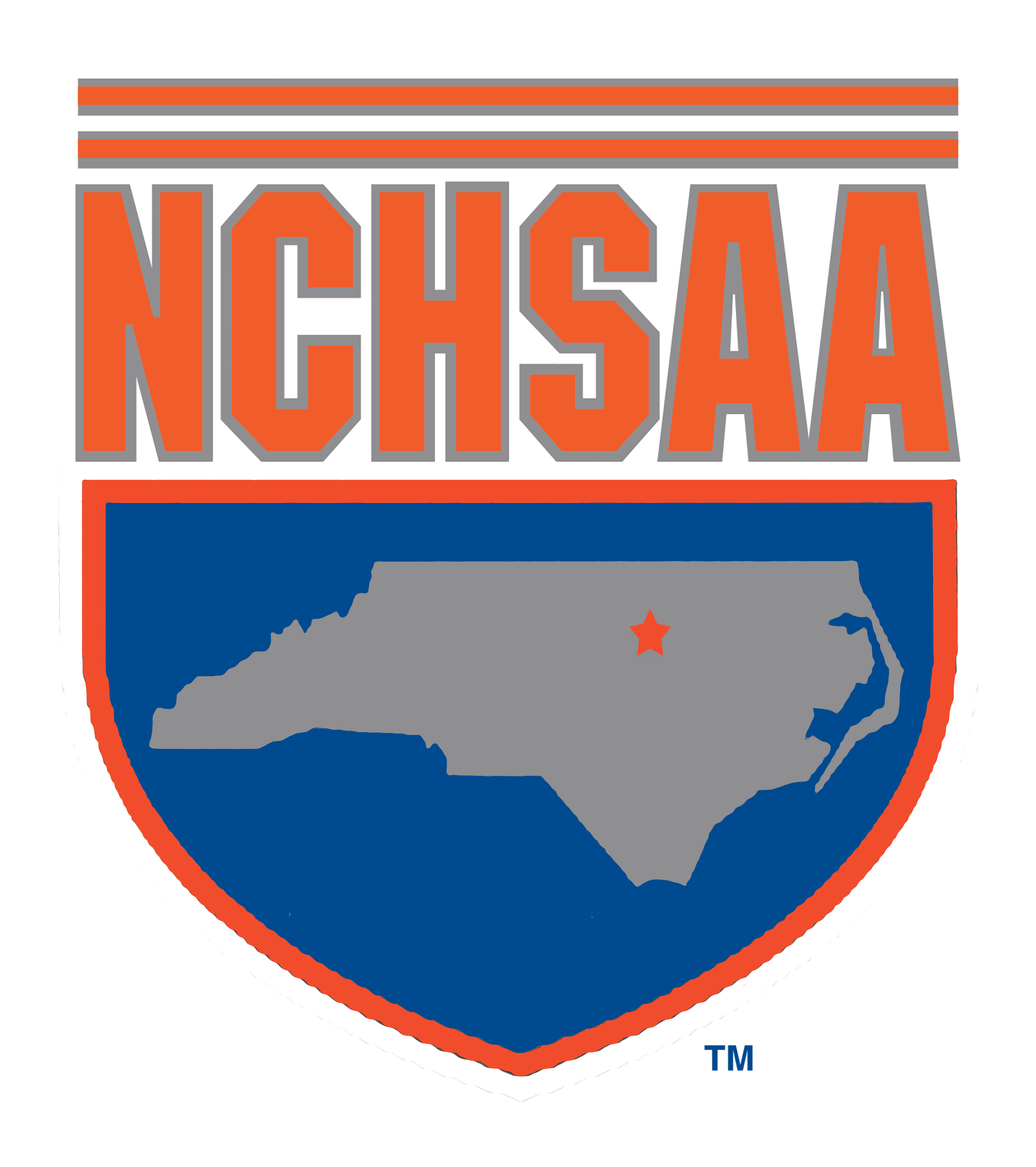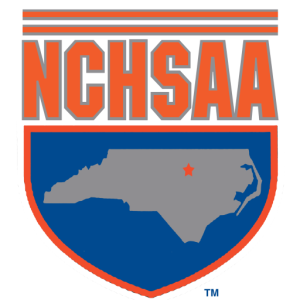Chop Block Rule Redefined in High School Football
INDIANAPOLIS— A change in the definition of a chop block in high school football, along with a strong emphasis on proper use of the helmet to minimize risk of injury, highlighted the recent meeting of the National Federation of State High School Associations (NFHS) Football Rules Committee in Indianapolis.
The modification of the chop block rule was one of 11 rules changes recommended by the Football Rules Committee and approved by the NFHS Board of Directors.
The new language in Rule 2-3-8 defines a chop block as “a combination block by two or more teammates against an opponent other than the runner, with or without delay, where one of the blocks is low (at the knee or below) and one of the blocks is high (above the knee).”
Previous language defined a chop block as “a delayed block at the knees or below against an opponent who is in contact with a teammate of the blocker in the free-blocking zone.”
Bob Colgate, NFHS assistant director and liaison to the Football Rules Committee, said that any combination block where one block is high (above the knee) and one block is low (at or below the knee) will constitute a chop block – with or without delay between the blocks. He also noted that a low-low combination block is no longer a chop block.
Although not an official rules change, perhaps the most significant action by the committee was the issuance of the 2011 Points of Emphasis on concussions, helmets and contact above the shoulders.
The NFHS has been the leader in establishing playing rules to deal with concussions. Last year, the NFHS implemented new guidelines for the management of a student exhibiting signs, symptoms or behaviors consistent with a concussion. In addition, the NFHS developed a free online course entitled Concussion in Sports – What You Need to Know, which has been viewed by more than 135,000 persons.
“The committee chose not to change many of the playing rules as it intends to ensure the continued focus on minimizing risk of injury to high school football players,” said Julian Tackett, chairman of the NFHS Football Rules Committee and commissioner of the Kentucky High School Athletic Association. “The minimal number of rules changes in high school football this year verifies that the country feels like the game is in great shape.”
In other rules changes, the committee standardized the rules regarding the replacement of apparently injured players, players who exhibit concussion signs and symptoms, and players who are bleeding or have blood on their body or uniform. Players removed in any of these situations must leave the game for at least one down, and the time-out is an officials’ time-out, not one charged to the team.
The rules committee also defined two types of authorized team conferences – the “Outside Nine-yard Mark Conference” and the “Between Nine-yard Mark Conference.” When an injury occurs and the referee grants an authorized conference, it must be an “Outside Nine-yard Mark Conference.” Colgate said this will provide medical personnel time and space to address the injured player.
Three changes were approved in Rule 1 – The Game, Field, Players and Equipment. In Rule 1-1-8, language was added to note that “game officials maintain administrative responsibilities for the contest through the completion of any required reports or correspondence in response to any action occurring while the officials have jurisdiction.” The revised rule further notes that “state associations may intercede in the event of unusual incidents after the officials have signaled the end of the game or in the event a game is terminated prior to the conclusion of regulation play.”
In Rule 1-5-1, the detailed specifications for thigh guards were deleted because they were not necessarily applicable to newer technologies used in current production. The requirements for wearing thigh guards and that the guards be unaltered from the manufacturer’s original design/production remain part of the rule.
Restrictions on eye shade were added to Rule 1-5-3c. If used, eye shade must be applied using a single solid stroke under each eye.
“The committee’s intent was that eye shade be located below and within the width of the eye socket and not extend below the cheekbone,” Colgate said. “No words, numbers, logos or other symbols of any type may be included within the eye shade.”
Four changes were approved by the committee in Rule 9 – Conduct of Players and Others. Those revisions include the following:
· All horse-collar fouls being treated as live-ball fouls.
· Roughing-the-passer penalties being enforced from the dead-ball spot when there is no change of team possession and the dead-ball spot is beyond the line of scrimmage.
· The illegal participation rule including a player who intentionally goes out of bounds and, while out of bounds, affects the play, touches the ball or otherwise participates.
· Establishing an unsportsmanlike foul against the head coach for failure to adhere to the limits on squad members being on the field of play during the coin toss.
A final change was made regarding running clock/mercy rules in nine-, eight- and six-player rules.



